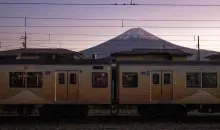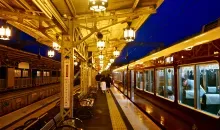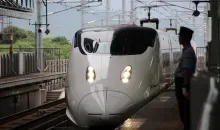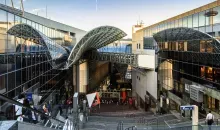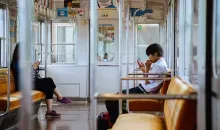The Upcoming Yamanote Train Model
The Yamanote line is the best way to travel Tokyo with your Japan Rail Pass. Available in 7-, 14-, and 21-day passes. Order today!
JR Yamanote circle line
If you’ve ever taken the JR Yamanote Line in Tokyo, or if you plan to soon, this might be good news! The popular train line, valid with your JR Pass and covering a large amount of prominent neighborhoods to visit, is getting some updated cars.
The new train model, called the Series E235 EMU, is designed to be a lot safer and to also feel more spacious and comfortable to passengers.
The 11 cars will have more space to put strollers or large luggage, and there will be more priority seating as well.
Set to be introduced in late 2015, these trains will also experiment with LCD-screen advertisements, both still and moving images, with hanging and posted paper ads done away with completely.
This new kind of advertising may be only temporary, with the JR saying it’s only for testing.
The Yamanote Line is one of the greatest methods of transportation to travel around the Tokyo metropolis with your Japan Rail Pass or JR East Pass.
It will take you to places like Tokyo & Shinagawa Stations for connection to the shinkansen, or famous neighborhoods such as Akihabara, Harajuku, Shinjuku, and Shibuya.






